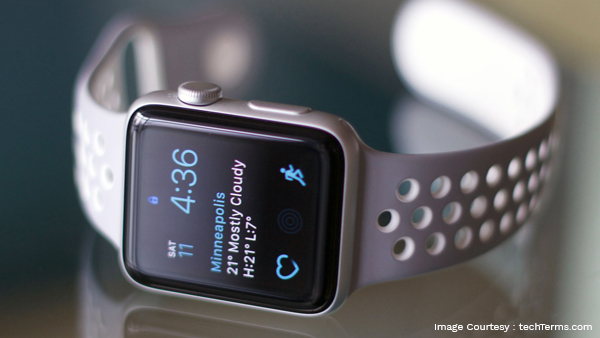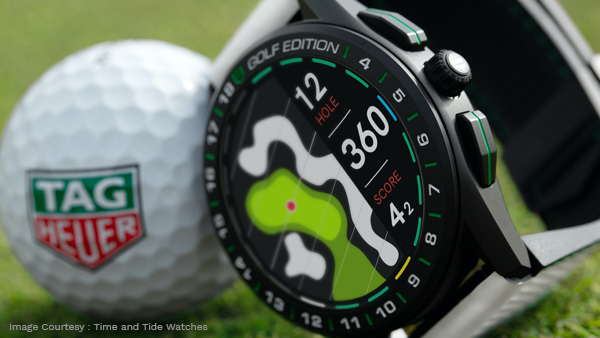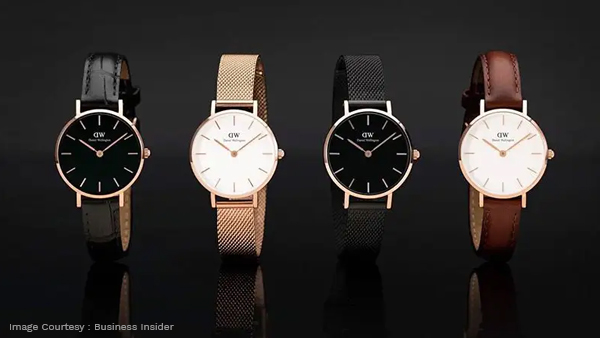How Are Swiss Watches Still Ticking in This Digital World?
- 17th Jul 2020
- 1897
- 0

This is a tale of exceptional quality and luxury marked by a resilient attitude of unique adaptability.
Time stops for nothing and no one, not even for the finest timekeepers in history - the Swiss watchmakers. As ages flow by and technology grows, there is one important, inevitable question that arises - in this world of digital watches, are the Swiss watches still relevant? Will smartwatches replace traditional watches? What is the future of these splendid Swiss watches? But to fathom the eventual, we should also take a look at the rich past and understand their journey through time.

Swiss watchmaking, hailed as the epitome of exquisite craftsmanship and refined elegance, started as an industry in the 16th century. When the frenchman Jean Cauvin impelled the Geneva City Council to ban jewellery, the city’s jewellers were deprived of business. As a result, these skilled artistes colluded with the makers of pocket watches. Later, when the Protestant Huguenots were expelled from France by the Catholics, many of these craftsmen settled in Switzerland. The Watch Valley, spread over the north east and Jura Mountains, is the birthplace of many distinguished Swiss watchmakers such as Breitling, Corum, Gallet, Girard-Perregaux, Movado, Patek Philippe, Rolex, TAG Heuer, Tissot, Ulysse Nardin, Chopard and many others. The exceptional mechanical engineering of these watches meant that there was a need for precision, patience and detail-oriented labour. These watchmakers found their workforce in the local farmers employed seasonally who spent half the year idle. The outlanders hired them to spend their winters hand-polishing and manually working the tiny metal components for the “movements,” the watch’s spring-driven inner workings. By the twentieth century, Swiss watches had become famous for their sophistication and complexity - hundreds of components depending upon small, tiny springs that powered the savoir faire watches. The World Wars brought about a transformation in utilisation of timepieces - the wristwatches which were formerly branded as women’s accessory. It was much more practical for the men at war to use the wristwatch to keep time rather than the pocket watches.
The 1970s brought about the Quartz Revolution (or the- Quartz Crisis as know in Switzerland) - the production of battery-powered watches that relied on quartz crystals to keep time. Swiss inventors actually contributed in this pioneering “digital” technology, although they rejected it for its cheap, artless, commonplace engineering. The Japanese companies like Seiko took the opportunity and started producing mass, inexpensive quartz watches easily affordable and accessible. It killed reduced the Swiss watchmaking industry to a third of its size (from 90,000 workers to 30,000) by the end of 1970s.
Swiss companies made a comeback in the 1980s by entering a new segment altogether. “Swiss watchmakers hit on an even more profitable strategy: marketing their expensive mechanical watches as luxury items steeped in history. If you wanted to hand something down to your children, the sales pitch went, spend thousands of dollars on a Rolex or, at the very least, several hundred on a quartz watch with elegant Swiss design,” wrote Ryan Raffaelli in 1990s, a Harvard business professor who studied the Swiss industry. By marketing their fine craftsmanship and prestigious pedigree, the Swiss watchmakers earned the image of luxurious sophistication backed by impeccable mechanics.

With the advent of mobile phones in the 21st century, watches as a whole category would have been rendered outmoded. Are watches obsolete though? Not at all. Instead of dying out, the wristwatch once again adapted itself to the changing times by evolving into “digital,” in the true sense of the word as we understand it today. The launch of the Apple Watch in 2015, came as the next challenge for the Swiss labels. Although innovators have been trying to merge technology with watches for a long time now, smartwatches have rarely made such an impact on the watchmaking industry as the iWatch has.
The previous smartwatches looked very unruly and inelegant to be worn instead of a beautifully designed Swiss watch. But iWatch, with its dignified look and seamless connectivity with the iPhone, has become a favourite. The watch communicates with its wearer every second and has an incredible user interface, carries absolutely amazing features and permits smooth user interactivity. The unique combination of a fitness device - monitoring of health, heart rate, exercise and resulting motivating rewards system of virtual medals - and a mini smartphone - notifications (emails, SMS, social media) and basic calls - crafted a genius device truly worthy of the name “SmartWatch”. Why wouldn’t a digital native prefer a smartwatch offering so many advantages which costs a maximum of $800 over luxury Swiss watches beginning from $1000 price range?

A survey conducted by Deloitte in 2017 shows that Swiss watch executives do not see smartwatches as a threat to their business. 72% do not expect them to have an impact on their sales and 14% see smartwatches as an opportunity. However, according to the latest research from Strategy Analytics, Apple Watch outsold the entire Swiss watch industry by a huge margin in 2019. Apple Watch shipped 31 million units worldwide in 2019, a 36% jump over the last year, compared with 21 million for all Swiss watch brands combined, a 13 percent decline. According to the watch industry trends of 2019, Swiss companies are losing the smartwatch wars.

But let us remember the remarkable adaptability that the Swiss watchmakers have displayed in the past. Tag Heuer launched the new “Tag Heuer Connected” collection in partnership with Google and Intel in 2015 and it has only been developing and improving since then. Merging Swiss luxury with cutting edge technology, the watches from the collection boast elegant materials such as ceramic bezel and pride themselves upon scratch resistant sapphire protection for the 100% active screen.

The introduction of “Exclusive Tag Heuer Sports App” is building upon the luxury statement of individuality and distinction. The separate emphasis on Golf reinforces the brand image of luxury and extravagant leisure. Similarly, Montblanc’s Summit 2 is an attempt at fusing top line luxury with the world led by binary codes. Garmin’s many smartwatch collections are bridge-to-luxury takes on the same union of luxury and digital.

Although the industry has been adapting by introducing new blends of luxury-digital watches, a few have turned back the time by revisiting the classic appeal of an analogue watch - regal, imperial and stately. The finely-designed simple sophistication of the luxury watch is infinitely appealing and alluring. The success of no-frills, essential elements only companies such as Daniel Wellington stand testimony for the clean and pure value of absolute watches. Some distinguishing factors that favour the classic watches include the non-complexity of not having to charge your watch everyday and the cultured, ingenious look perfect for the nobility of today.

Watches have also been considered to be pieces of legacy - regarded as a birthright, an heirloom. No digital watch can compete with the essence and feel of a sentiment epitomised in a watch and passed over generations. The business of luxury is after all, built upon emotions and ideas.
Coming back to the question we started with, in the world of digital watches, is it still relevant to buy a Swiss watch? In my opinion, yes. The superior class of premium luxury will never go out of style. Be that as it may, these Swiss timekeepers of the fine crafts need to innovate and evolve if they still want to be competing actively with this increasingly technology-driven world.
Paraphrasing some words of Sandeep Bangia, an author whose pieces on business, management and marketing are featured on esteemed websites,
‘The wrist’ is a very premium piece of ‘real estate’ and one wouldn’t allow just about ‘anything’ to adorn it. It has to be good, elegant, functional and since it is a serious ‘accessory’ in one’s possession, it better be right up there.
 Rajeshwari Patwardhan
Rajeshwari Patwardhan


Comments
No comments yet.
Add Your Comment
Thank you, for commenting !!
Your comment is under moderation...
Keep reading luxury post